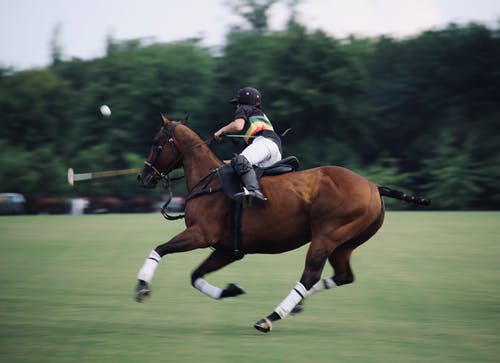
Whether you like placing a bet on the races with today’s best horse tip or you just enjoy the thrill of race day, it can be a good idea to refresh your understanding of the sport before watching a race event. Here are some facts to help you in brushing up on your horse racing knowledge for the upcoming racing events.
Know Your TermsHow to Design the Ideal Horse Stable
Before you can bet on a race, you need to know what you’re betting on, checking the tips, and working out the returns. There are many types of bets, but the most common types are single, each-way, and accumulator bets. A single bet is the simplest and is normally a winning bet on one horse in one race. An each-way bet involves one bet but two selections in different events – both selections need to be successful in order for you to get a payout. Lastly, an accumulator bet is a bet involving more than one horse or race where all selections need to be successful in order for you to get a return. Once you’re more experienced at betting, however, there are many more types of bets you can get involved with.
The Difference Between Flat and Jumps
There are two main types of racing in the UK – Flat and Jumps or National Hunt racing. Flat racing refers to the track that the horse’s race on, while Jumps involves the horses racing over hurdles or fences. Under the umbrella category of Jumps racing, there are two types of obstacles – hurdles and steeplechase fences. These races range from two miles to four miles two furlongs at the Grand National. Hurdle races are for less experienced horses while chase fences are bigger and more challenging. Flat racing is usually for younger, less experienced horses as they take place over shorter distances. These types of races are usually run across anywhere from five furlongs (1000 meters) to two miles six furlongs, which is the equivalent of 4400 meters.
Choosing a Winning Horse
You can increase your chances of picking a winning horse by understanding the race card. The form is a record of the horse’s performance in past races and it can be a good predictor of how they might run in the upcoming race too. You can compare the horses’ form in order to help you choose a winner when you’re betting. The race card is normally arranged as a line of numbers that denote the finishing position and it runs left to right, with the oldest races they’ve run in on the left and the most recent to the right. Numbers one to nine indicate where they placed, 0 shows that they finished outside of the top nine, and the symbols separate the racing seasons. It’s also a good idea to look at the type of surfaces that each horse has experience of running on as this can impact their success significantly – a horse that has no experience of the track at the upcoming race or any experience of that particular type of ground may struggle to gain speed.
Read Also:




























